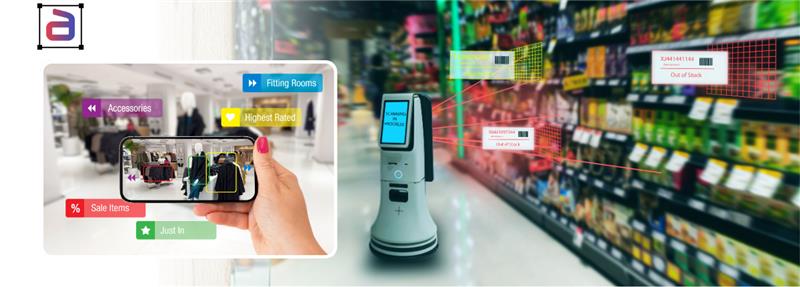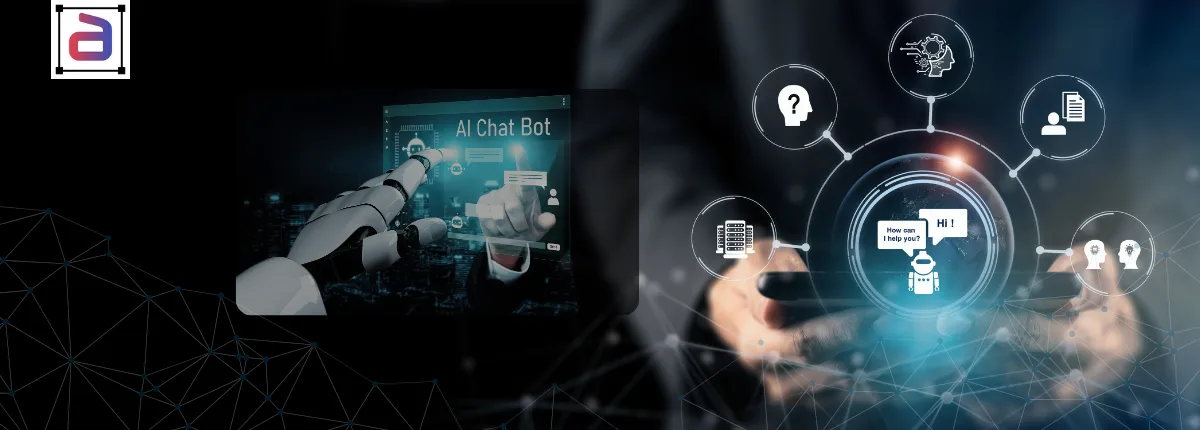Artificial intelligence (AI) is transforming industries at a scale comparable to electricity or the internet. It now influences healthcare diagnoses, financial approvals, hiring decisions, and even judicial risk assessments. But with this power comes responsibility for Ethical AI in data annotation. While accuracy is critical, it is no longer enough to guarantee success. Executives, regulators, and customers increasingly ask: Is this AI fair? Is it transparent? Can it be trusted?
This is where ethical AI in data annotation becomes a cornerstone of strategy. Annotation—the process of labeling raw data to train AI—shapes how models perceive and interpret the world. If that annotation process is careless or biased, the resulting AI can reinforce stereotypes, exclude marginalized groups, or make harmful errors. As the World Economic Forum warns, “Bias in AI is not just a technical issue; it is a societal risk with economic consequences.”
Why Ethical AI Matters in Data Annotation
1. Preventing Bias in AI Systems
AI learns patterns directly from annotated data. When datasets contain bias, the model doesn’t just inherit it—it amplifies it at scale. Ethical annotation combats this by:
- Ensuring datasets reflect diverse populations and perspectives.
- Training annotators to recognize and mitigate unconscious bias.
- Creating clear guidelines for sensitive attributes such as gender, race, or cultural context.
Industry Data: A landmark MIT study found that commercial facial recognition systems had error rates of 34% for darker-skinned women compared to less than 1% for lighter-skinned men. The issue was not the algorithm alone—it was biased training data. Ethical annotation practices help avoid costly, damaging disparities.
2. Ensuring Transparency and Accountability For Ethical AI in Data Annotation
Executives are under mounting pressure from regulators and stakeholders to ensure AI is explainable. Ethical annotation supports this by:
- Maintaining documentation of labeling rules and processes.
- Applying consistent standards across annotators and projects.
- Building audit trails that provide traceability and accountability.
As Gartner notes, “Trust in AI begins with trust in the data that fuels it. Without transparency in annotation, explainability becomes impossible.”
3. Safeguarding Privacy and Consent
AI often relies on data derived from individuals. Mishandling this data can lead to breaches, fines, and reputational harm. Ethical annotation requires:
- Secure handling of personal and sensitive data.
- Anonymization techniques to protect identities.
- Strict adherence to regulations like GDPR, HIPAA, and CCPA.
Industry Data: IBM’s 2023 Cost of a Data Breach report revealed that the average breach cost reached $4.45 million globally, with healthcare breaches averaging nearly twice that amount. Ethical annotation frameworks minimize exposure by embedding privacy from the start.
4. Supporting Fair and Inclusive Outcomes
AI should empower rather than marginalize. Ethical annotation ensures that systems deliver fair value across demographics:
- Healthcare: Diagnostic AI models trained on inclusive datasets improve accuracy for underrepresented groups.
- Finance: Loan approval models reduce discriminatory practices when annotated with fairness in mind.
- Hiring: Recruitment algorithms avoid favoring one demographic over another when annotations are bias-aware.
Example: Amazon’s experimental AI hiring tool was scrapped after it was found to downgrade resumes containing the word “women’s.” This was a direct result of biased training data. Ethical annotation prevents such pitfalls by embedding fairness rules early in the process.
The Executive Perspective: Ethics as a Business Imperative
Ethics in AI is no longer optional; it is central to corporate survival and growth. According to PwC, 86% of executives believe responsible AI is essential to gaining customer trust, while Deloitte reports that 62% of consumers are more likely to trust companies that prioritize ethical AI.
For C-Suite leaders, the message is clear: ethical annotation is not just about risk mitigation—it is about competitive advantage. Ethical AI in data annotation:
- Strengthens brand reputation as a leader in responsible innovation.
- Reduces risk of regulatory fines, lawsuits, and public backlash.
- Builds customer loyalty through fairness, transparency, and accountability.
Quote: As Microsoft’s Chief Responsible AI Officer, Natasha Crampton, puts it, “Responsible AI is not only the right thing to do; it’s also a business opportunity.”
Annotera’s Commitment to Ethical AI in Data Annotation
At Annotera, we believe that building ethical AI starts with the foundation: the data itself. Our approach to ethical AI in data annotation goes beyond accuracy:
- Bias-mitigation training: We train annotators to identify and counteract unconscious bias.
- Comprehensive guidelines: Our standards emphasize inclusivity, fairness, and transparency.
- Secure workflows: We comply with HIPAA, GDPR, and CCPA, embedding privacy into every annotation task.
- Audit-ready processes: We provide documentation and oversight that give executives confidence in both quality and integrity.
By combining rigorous accuracy checks with ethical frameworks, Annotera ensures that the datasets powering your AI are both technically sound and socially responsible.
Final Thoughts
The future of AI will not be judged only by its precision but by the trust it earns. Ethical AI in data annotation ensures that real-world AI systems are not just smart, but fair, transparent, and inclusive. Accuracy delivers performance, but ethics delivers trust—and in today’s marketplace, trust is what drives long-term success.
Ready to build ethical, accurate, and trusted AI systems? Partner with Annotera today and ensure your AI is powered by annotation practices that put fairness, transparency, and responsibility at the core.


